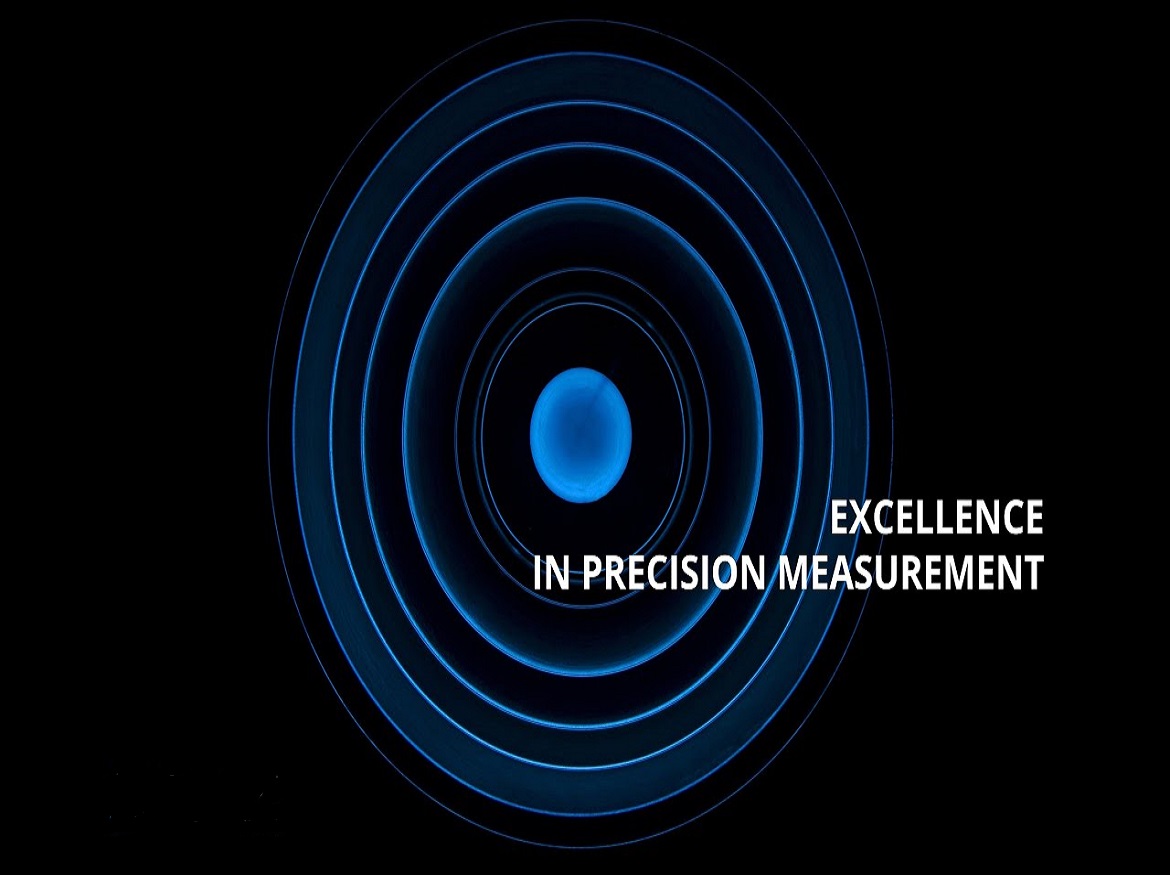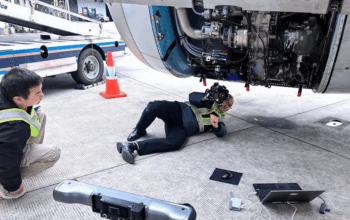Precision metrology is an integral part of modern industrial excellence. It is the science of measuring and evaluating the accuracy and reliability of industrial components and systems. Precision metrology has become increasingly important as modern industrial systems become more complex, and the need for reliable and accurate measurements becomes more critical. In this article, we will discuss the importance of precision metrology for industrial excellence, the various techniques used in precision metrology, and the challenges faced in achieving accurate and reliable measurements
Importance of Precision Metrology for Industrial Excellence
Precision metrology is crucial for ensuring the reliability and safety of industrial systems. Inaccurate measurements can result in faulty products, damaged equipment, and even accidents, all of which can have severe consequences. Precision metrology ensures that industrial components and systems are manufactured to precise specifications and are functioning correctly, making them safe, reliable, and efficient. It is also essential for quality control, as it ensures that products are manufactured to the correct standards and specifications.
Precision metrology is also critical for maintaining the competitiveness of industrial companies. By ensuring that products are manufactured to precise specifications and are functioning correctly, companies can avoid costly recalls and warranty claims. Additionally, precision metrology can help companies improve their manufacturing processes, reduce waste, and increase efficiency, ultimately resulting in cost savings and improved profitability.
Techniques used in Precision Metrology
There are several techniques used in precision metrology, each with its advantages and disadvantages. Some of the most commonly used techniques include:
-
Coordinate Measuring Machines (CMMs):
CMMs are automated machines that measure the geometry of a part by using a probe to touch specific points on the part’s surface. CMMs are capable of measuring the dimensions and features of complex parts with high accuracy.
CMMs are available in different sizes and configurations, making them suitable for measuring a wide range of parts, from small components to large assemblies. CMMs can measure parts in three dimensions, making them suitable for measuring complex geometries such as curves, angles, and arcs. CMMs are highly accurate and can measure parts to within microns or even sub-microns.
However, CMMs have some limitations. They can only measure the points that the probe touches, which means that they may miss defects or features that are not in the probing path. Additionally, CMMs are slow and require significant setup time, making them less suitable for high-volume production environments.
-
Laser Interferometry:
Laser interferometry is a technique that uses lasers to measure the distance between two points accurately. The laser beam is split, and one beam is directed towards the object being measured, while the other is directed towards a reference mirror. The interference between the two beams is used to determine the distance between the object and the reference mirror.
Laser interferometry is highly accurate and can measure distances to within nanometers. It is also fast and can measure parts in real-time, making it suitable for high-volume production environments. Laser interferometry is also non-contact, which means that it can measure parts without damaging them.
However, laser interferometry has some limitations. It can only measure distances between two points, which means that it may miss features that are not in the laser’s path. Additionally, laser interferometry is sensitive to environmental factors such as temperature and vibration, which can affect its accuracy.
-
Optical Profiling:
Optical profiling is a technique that uses light to measure the surface topography of a part. A light source is directed at the part, and the reflected light is measured to determine the surface profile. Optical profiling is particularly useful for measuring the surface roughness of parts.
Optical profiling is fast and non-contact, making it suitable for high-volume production environments. It can also measure parts in real-time, making it suitable for online inspection applications. Optical profiling is highly accurate and can measure surface roughness to within nanometers.
However, optical profiling has some limitations. It can only measure the surface of the part and cannot measure the dimensions of the part. Additionally, it is sensitive to environmental factors such as temperature and vibration, which can affect its accuracy.
-
Scanning Electron Microscopy (SEM):
SEM is a technique that uses electrons to scan the surface of a part. The electrons interact with the surface, producing high-resolution images that can reveal details such as surface topography, defects, and composition.
SEM is highly accurate and can produce images with resolutions of up to 0.5 nanometers. It is also capable of revealing details that are not visible with optical techniques. SEM is particularly useful for analyzing the composition and structure of materials.
However, SEM has some limitations. It requires a vacuum environment, which means that the part being measured must be conductive or coated with a conductive material. Additionally, SEM is slow and requires significant setup time, making it less suitable for high-volume production environments.
Challenges in Achieving Accurate and Reliable Measurements
Achieving accurate and reliable measurements is not always straightforward, and several challenges must be overcome. Some of the most significant challenges include:
-
Measurement Uncertainty:
Measurement uncertainty is the degree of uncertainty or error associated with a measurement. It is affected by several factors, including the accuracy of the measuring instrument, the skill of the operator, and environmental factors such as temperature and humidity. Reducing measurement uncertainty is essential for achieving accurate and reliable measurements.
-
Calibration:
Measuring instruments must be calibrated regularly to ensure that they are accurate and reliable. Calibration involves comparing the measuring instrument to a known standard and adjusting it if necessary. Calibration is essential for maintaining the accuracy and reliability of measuring instruments.
-
Part Variation:
Industrial parts can vary in size, shape, and material composition, making it challenging to measure them accurately and reliably. Part variation can affect the accuracy and reliability of measuring instruments, making it essential to develop measurement techniques that can account for part variation.
-
Environmental Factors:
Environmental factors such as temperature, humidity, and vibration can affect the accuracy and reliability of measuring instruments. These factors must be controlled or accounted for when measuring industrial components and systems.
Conclusion
Precision metrology is an essential component of modern industrial excellence. It ensures that industrial components and systems are manufactured to precise specifications and are functioning correctly, making them safe, reliable, and efficient. Precision metrology is also critical for maintaining the competitiveness of industrial companies by helping them improve their manufacturing processes, reduce waste, and increase efficiency. Several techniques are used in precision metrology, each with its advantages and disadvantages. However, achieving accurate and reliable measurements can be challenging and requires careful attention to factors such as measurement uncertainty, calibration, part variation, and environmental factors. By addressing these challenges, precision metrology can help drive industrial excellence and ensure that industrial components and systems are manufactured to the highest standards of quality and safety.
Click on the following link Metrologically Speaking to read more such blogs on metrology.









